We met a bit after 0700 in the Arcata Marsh Interpretive Center parking lot and made our way out to the Blue Lake area to look for some of their needed birds like: Band-tailed Pigeon, Cassin's Vireo, Vaux's Swift, Pacific-slope Flycatcher, Black-throated Gray Warbler, McGillivray's Warbler, and Lazuli Bunting. We started at the Blue Lake Cottonwoods, one of the best locations in Humboldt County for for neotropical migrants that breed and migrate through, like some of the ones mentioned above.
We started off looking at the Mad River opposite of the Cottonwoods and had SPOTTED SANDPIPER fly by and had at least 3 LAZULI BUNTINGS singing on the other side of the river but, despite much scanning, couldn't get any looks at the birds. We then went into the Cottonwoods and worked on deciphering some of the birds singing like our lutescens ORANGE-CROWNED WARBLER and BEWICK'S WREN, before picking up the first "lifer" for Bruce and Jean, CASSIN'S VIREO! A pair of CASSIN'S came down nice and low in response to my pishing and provided really nice and close views at eye level. While enjoying the CASSIN'S we also had some looks at a WARBLING VIREO and heard a migrant WESTERN TANAGER singing a bit to the east. While enjoying the Cassin's I heard a male BLACK-THROATED GRAY WARBLER singing a bit to the west of us and after a bit of work we tracked it down for a couple of decent looks. After enjoying the Black-throated Gray for a bit we continued on, enjoying some other birds along the way with decent looks at some male ALLEN'S and ANNA'S HUMMINGBIRDS, a couple of "singing" male "RED-SHAFTED" FLICKERS, a couple of CHESTNUT-BACKED CHICKADEES, and flushed a male CALIFORNIA QUAIL.
eBird list from the Blue Lake Cottonwoods.
After enjoying their lifer looks of the Lazuli, and with our stomachs growling a bit, we sat down for a brief lunch break at one of the many picnic tables at the fish hatchery. While eating lunch we had a pair of WILSON'S WARBLERS foraging actively nearby and finally got close looks at a nice male foraging in some Cascara (Rhamnus purshiana) and got Bruce and Jean their lifer PACIFIC-SLOPE FLYCATCHER while eating our sandwiches!
Here's the eBird list from the fish hatchery.
eBird list from the Arcata Community Forest.
We then took a brief drive through the Arcata Bottoms to look for maybe some lingering Aleutian Cackling Geese. We couldn't come up with any Aleutian's (most are gone by now) but we did refind one of the SOLITARY SANDPIPERS that has been present of late in some of the wet areas near the Moxon Lane dairy. This location has been the most consistent location to find this rare shorebird every spring and we had exceptional views of this bird out in the open about 20 feet away from the car.
eBird list from the Arcata Bottoms.
eBird list for the north jetty.
eBird list from the Samoa Boat Ramp
So, here on 30 April we were past the peak but nonetheless the spectacle was still pretty phenomenal and the Webbers and I were moved by it! I stitched together 3 videos that I took of the action to partially paint the picture of what we were seeing and I hope it gives you insight into what we and others experience here watching this phenomenon take place. This annual event is so amazing that it deserves 100's of people lined up on the Klopp Lake dike here watching this phenomenon but this afternoon it was just us and the Webber's and 1 other person that noticed it.
Please note that I make no claims to be any sort of videographer and there were probably a couple of parts I could have edited out but it is what it is and I hope this gives you an idea of what takes place here in north Humboldt Bay every spring. [Music in the video by Luke Plumb (mandolin) and James MacIntosh (percussion).
Brant
Canada Goose
American Wigeon
Mallard
Green-winged Teal
Common Merganser
Red-breasted Merganser
Red-throated Loon
Common Loon
Horned Grebe
Western Grebe
Double-crested Cormorant
Great Blue Heron
Great Egret
Snowy Egret
Green Heron
Turkey Vulture
Osprey
Red-shouldered Hawk
Black-bellied Plover
Semipalmated Plover
Killdeer
American Avocet
Spotted Sandpiper
Solitary Sandpiper
Greater Yellowlegs
Willet
Marbled Godwit
Ruddy Turnstone
Black Turnstone
Surfbird
Sanderling
Western Sandpiper
Least Sandpiper
Dunlin
Short-billed Dowitcher
Long-billed Dowitcher
Western Gull
California Gull
Caspian Tern
Band-tailed Pigeon
Mourning Dove
Vaux's Swift
White-throated Swift
Anna's Hummingbird
Allen's Hummingbird
Belted Kingfisher
Eurasian Collared-Dove
Downy Woodpecker
Hairy Woodpecker
Northern Flicker
Peregrine Falcon
Pacific-slope Flycatcher
Black Phoebe
Cassin's Vireo
Hutton's Vireo
Warbling Vireo
Steller's Jay
American Crow
Common Raven
Northern Rough-winged Swallow
Purple Martin
Tree Swallow
Violet-green Swallow
Barn Swallow
Cliff Swallow
Black-capped Chickadee
Chestnut-backed Chickadee
Bushtit
Red-breasted Nuthatch
Pacific Wren
Marsh Wren
Bewick's Wren
Golden-crowned Kinglet
Wrentit
Swainson's Thrush
American Robin
Varied Thrush
European Starling
Orange-crowned Warbler
MacGillivray's Warbler
Yellow Warbler
Yellow-rumped Warbler
Black-throated Gray Warbler
Hermit Warbler
Wilson's Warbler
Yellow-breasted Chat
Chipping Sparrow
Song Sparrow
White-crowned Sparrow
Golden-crowned Sparrow
Western Tanager
Black-headed Grosbeak
Lazuli Bunting
Brewer's Blackbird
Brown-headed Cowbird
Bullock's Oriole
Purple Finch
House Finch
American Goldfinch
House Sparrow
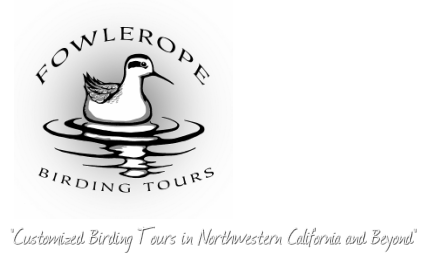
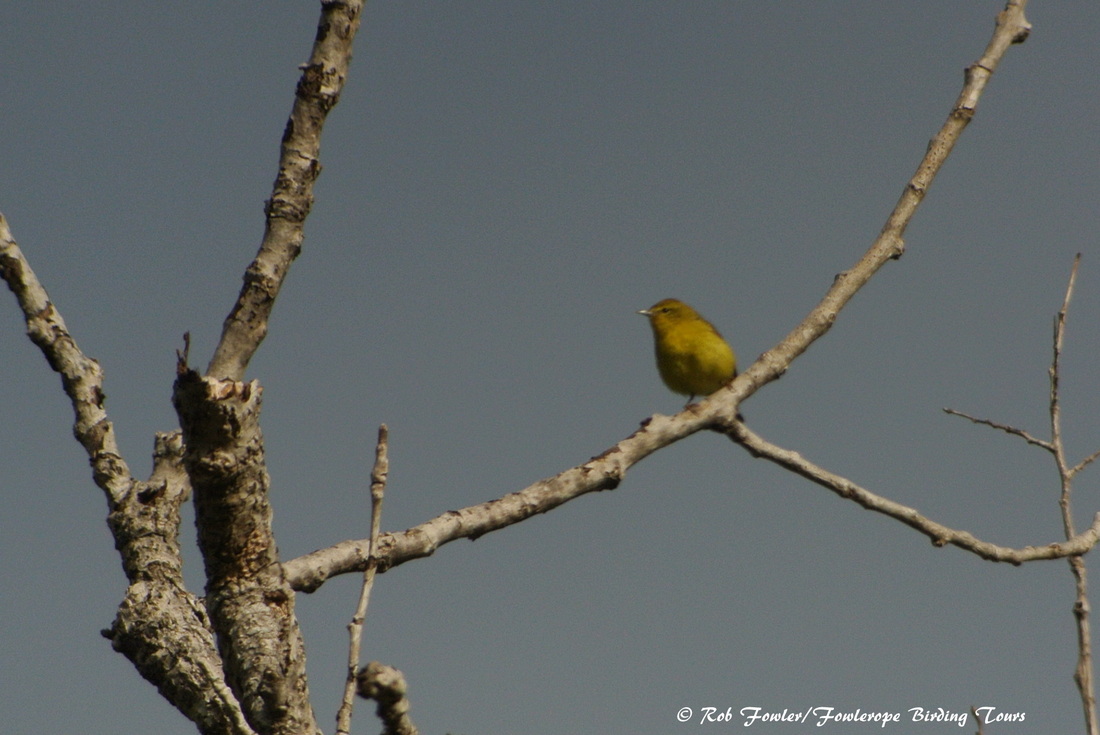
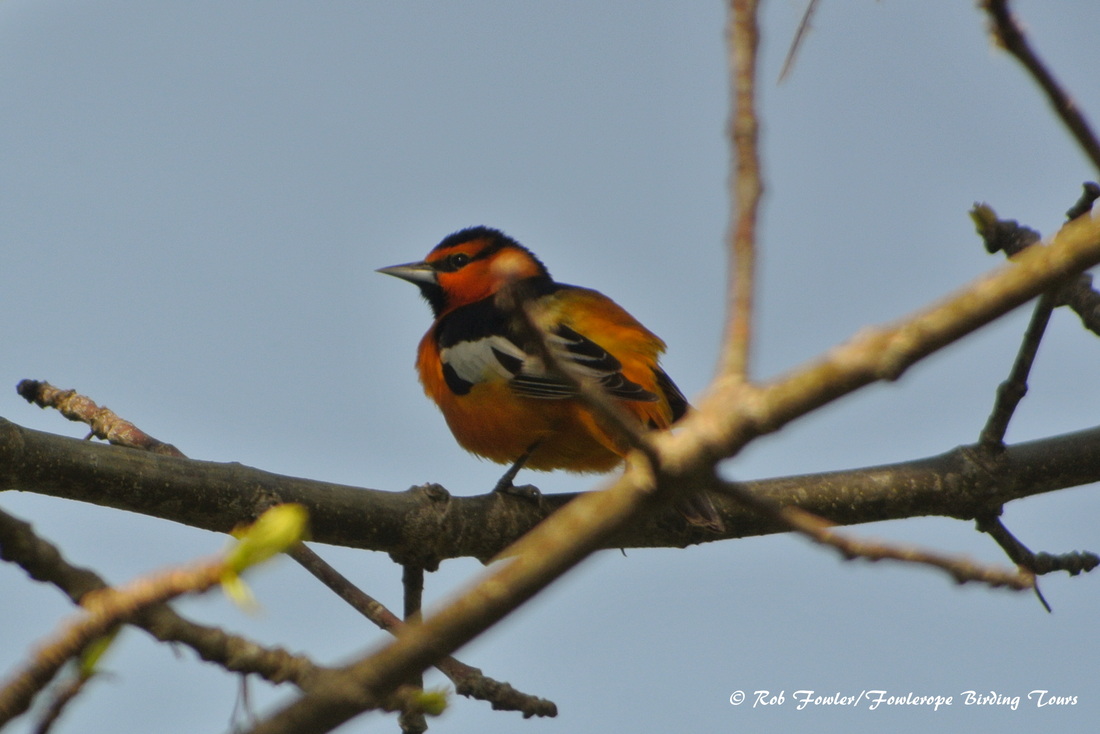

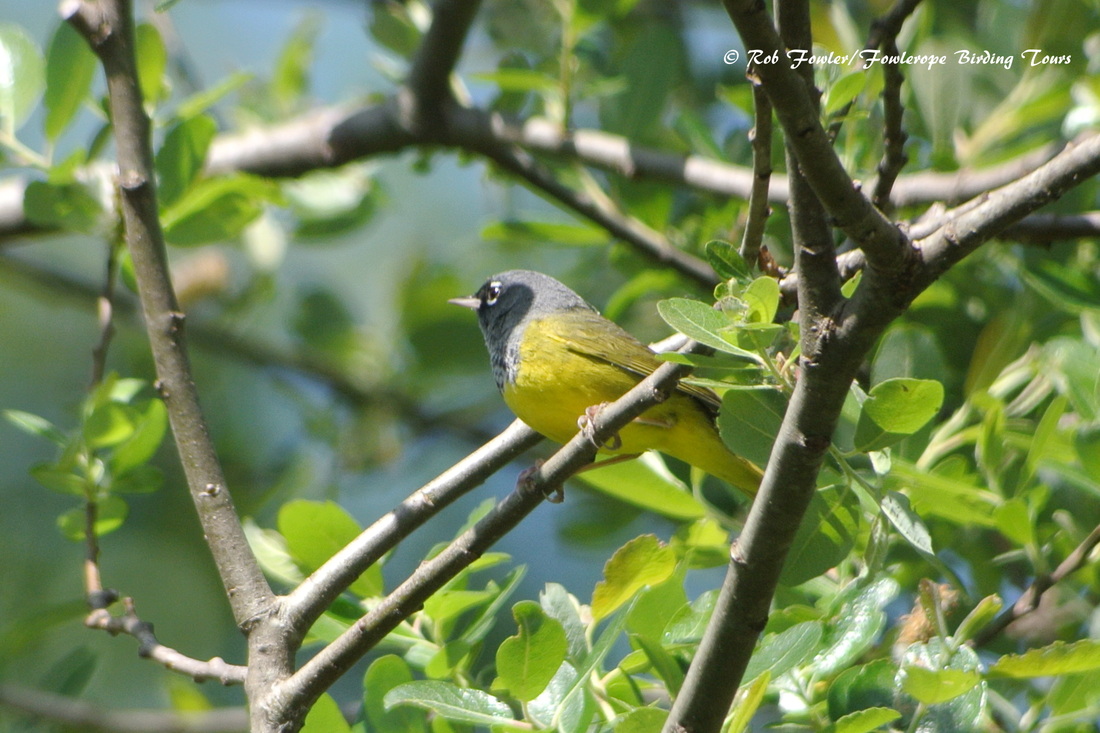
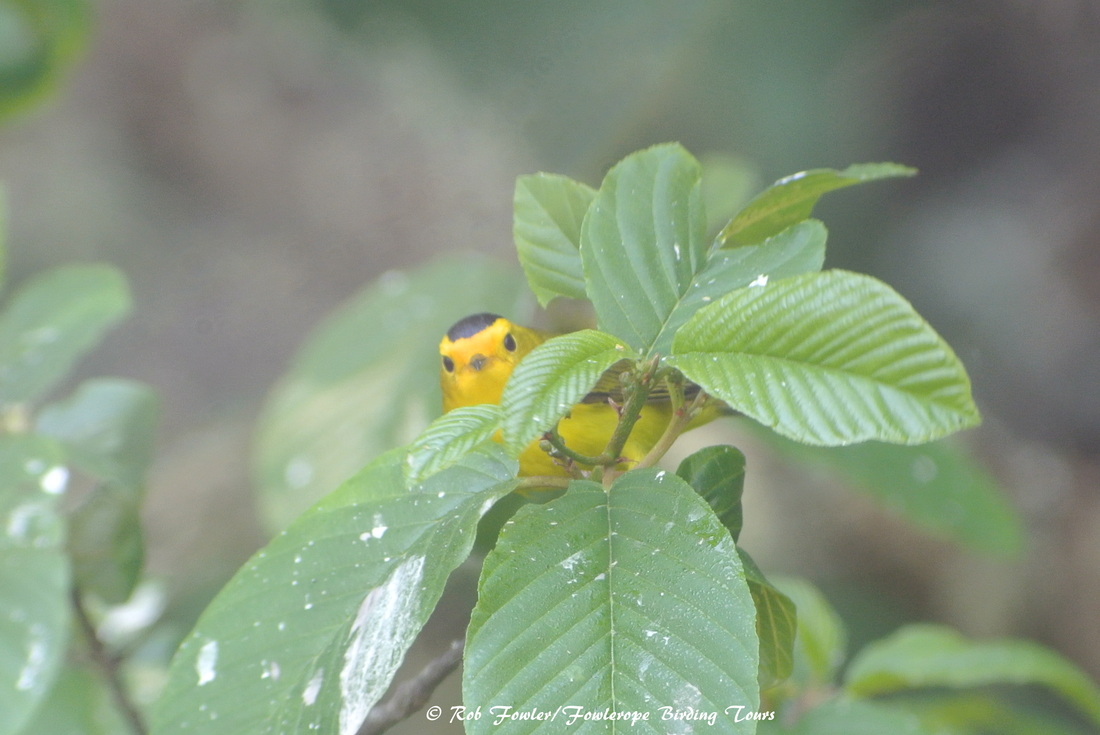

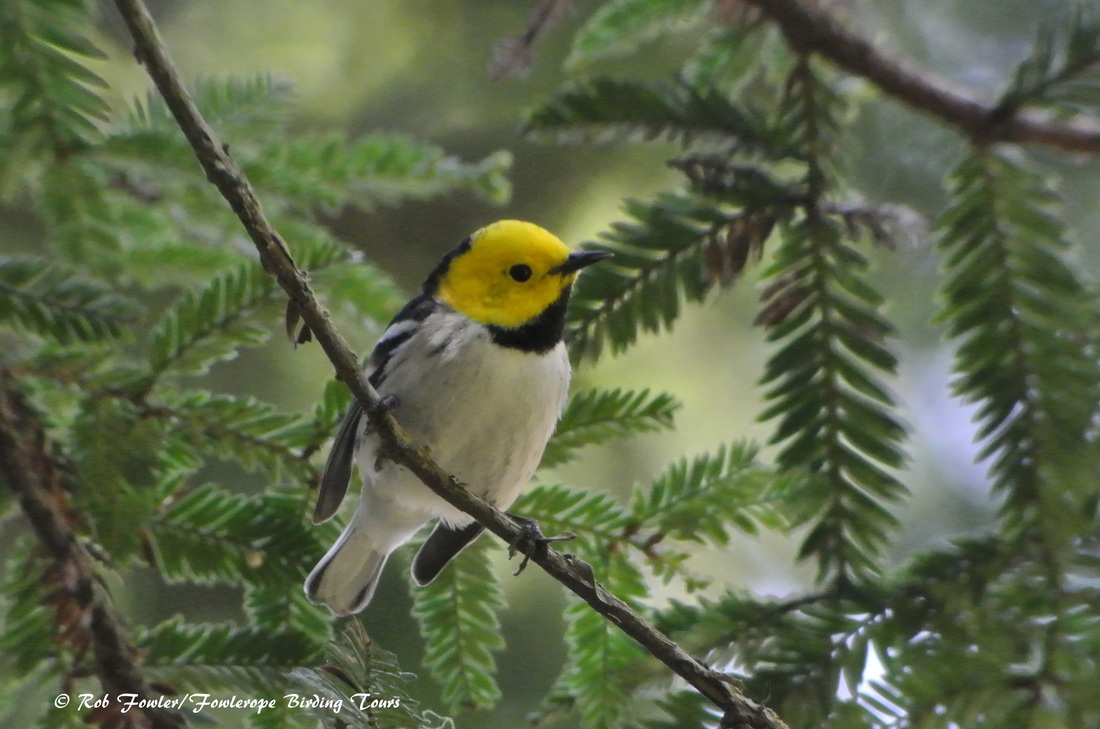
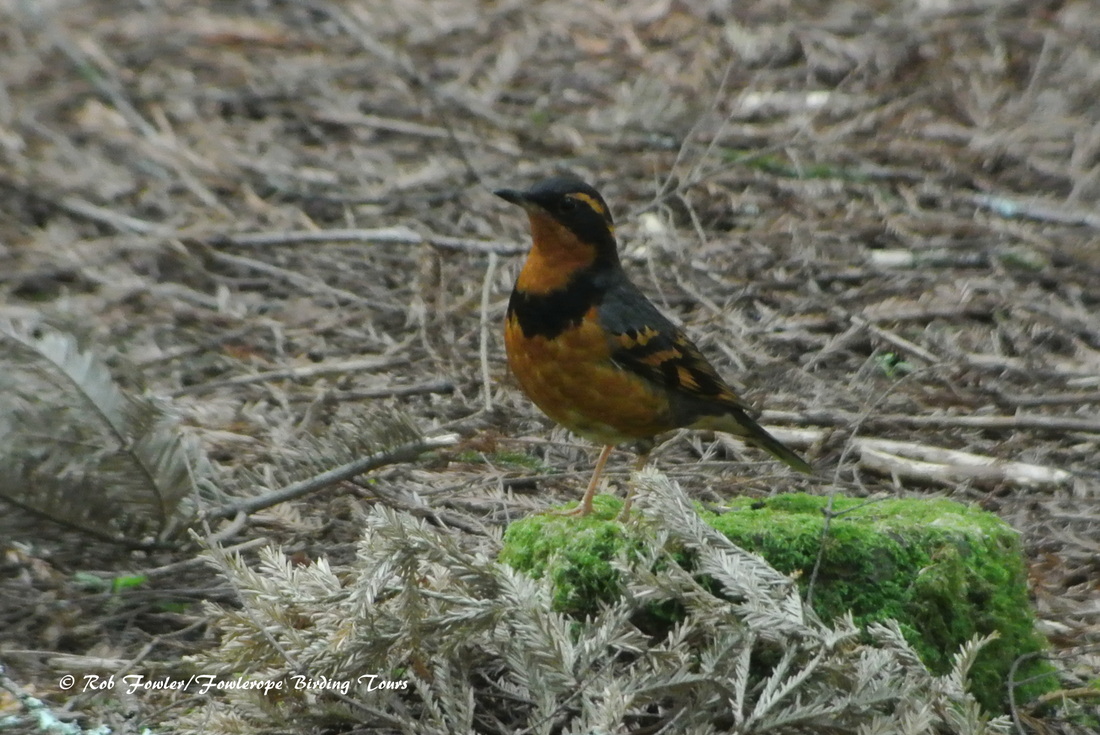
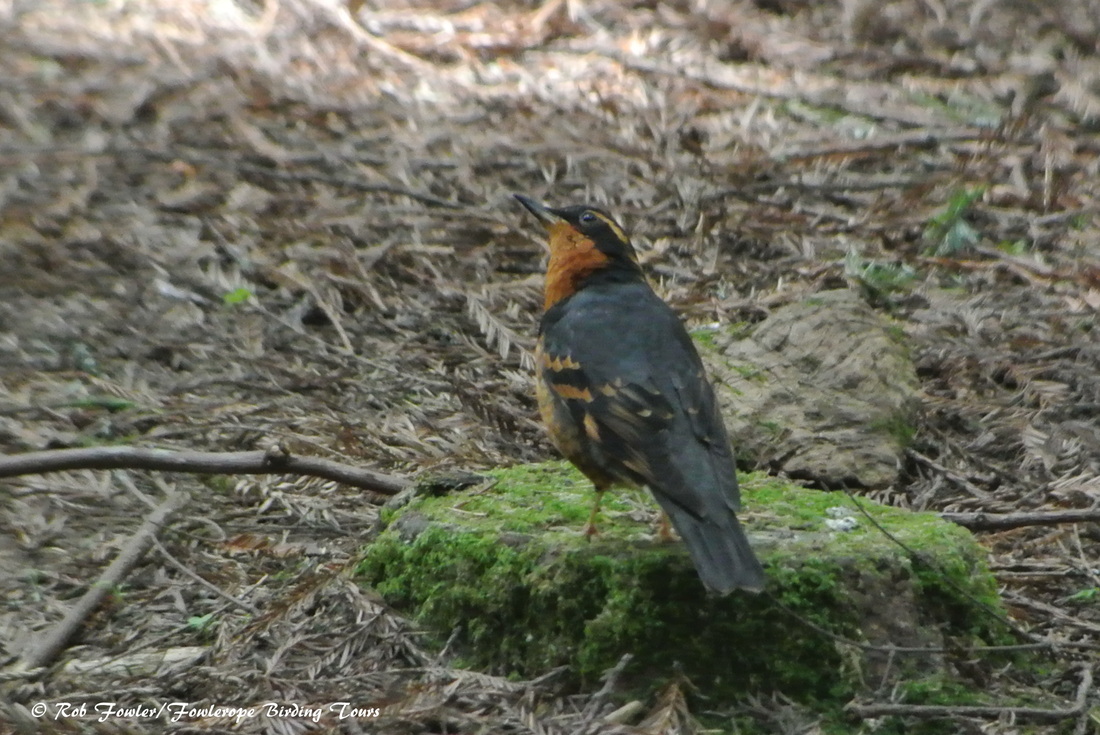
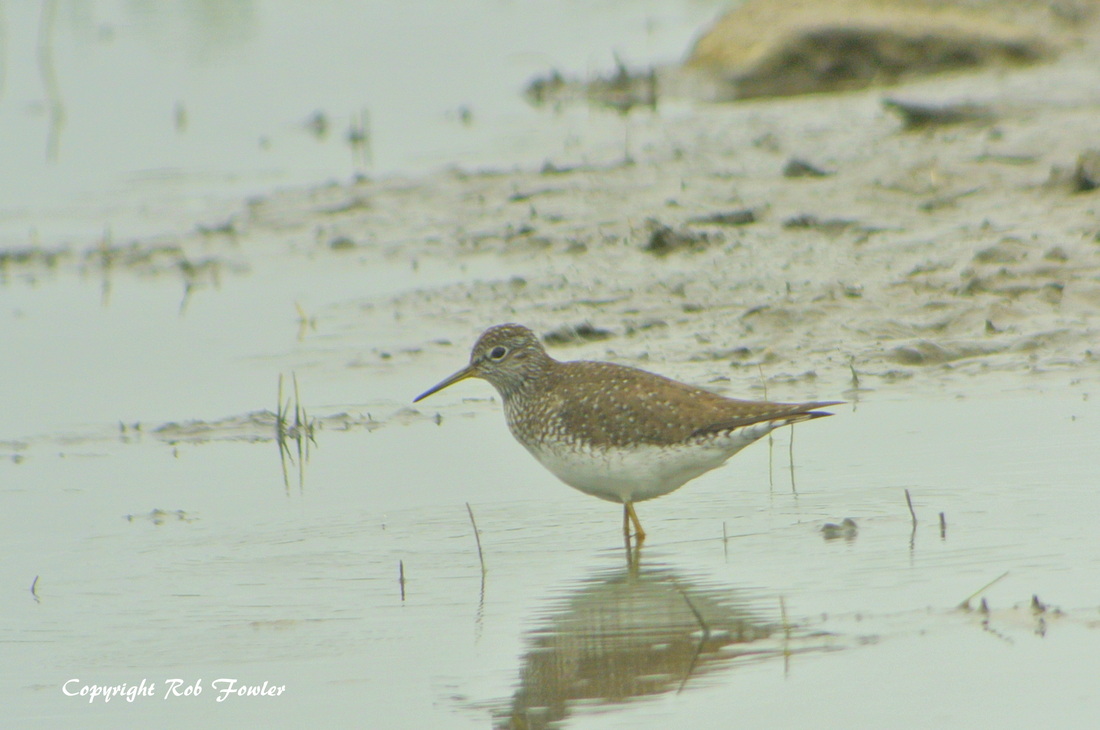
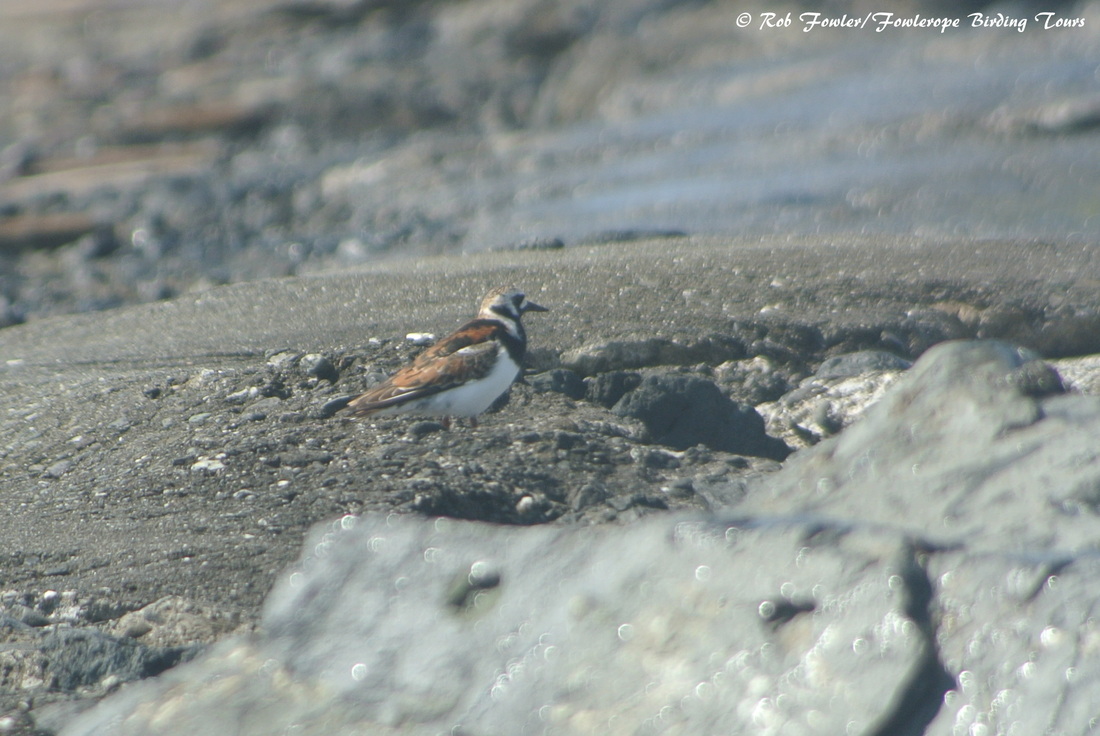
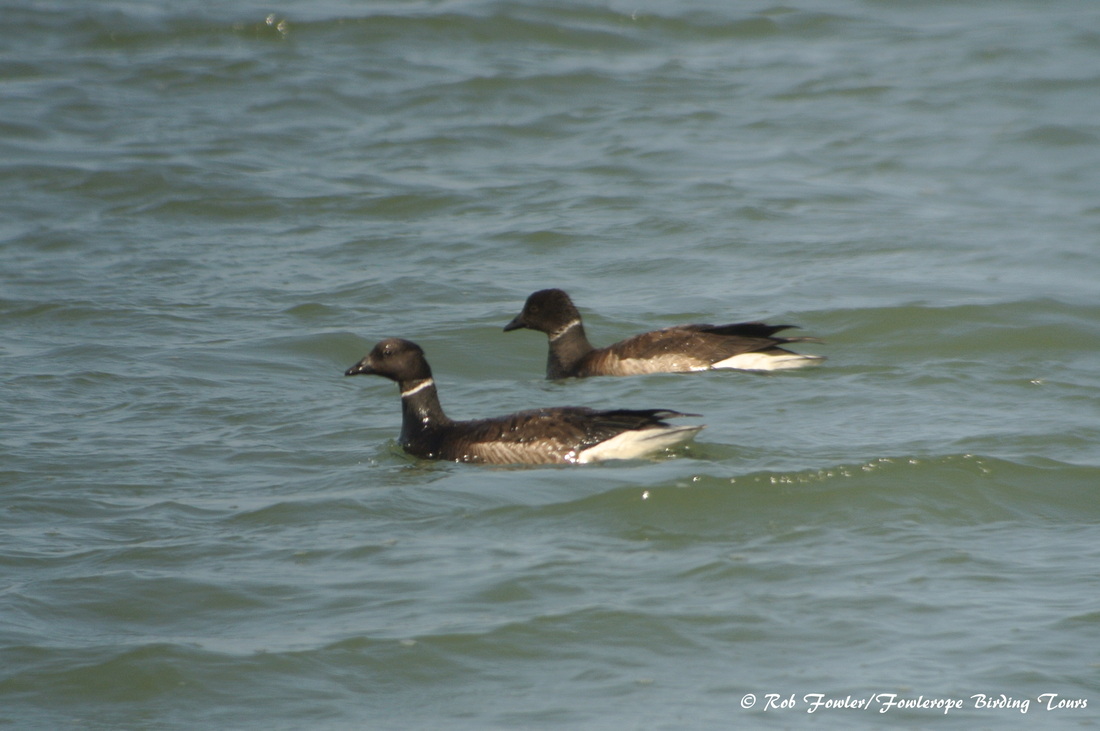
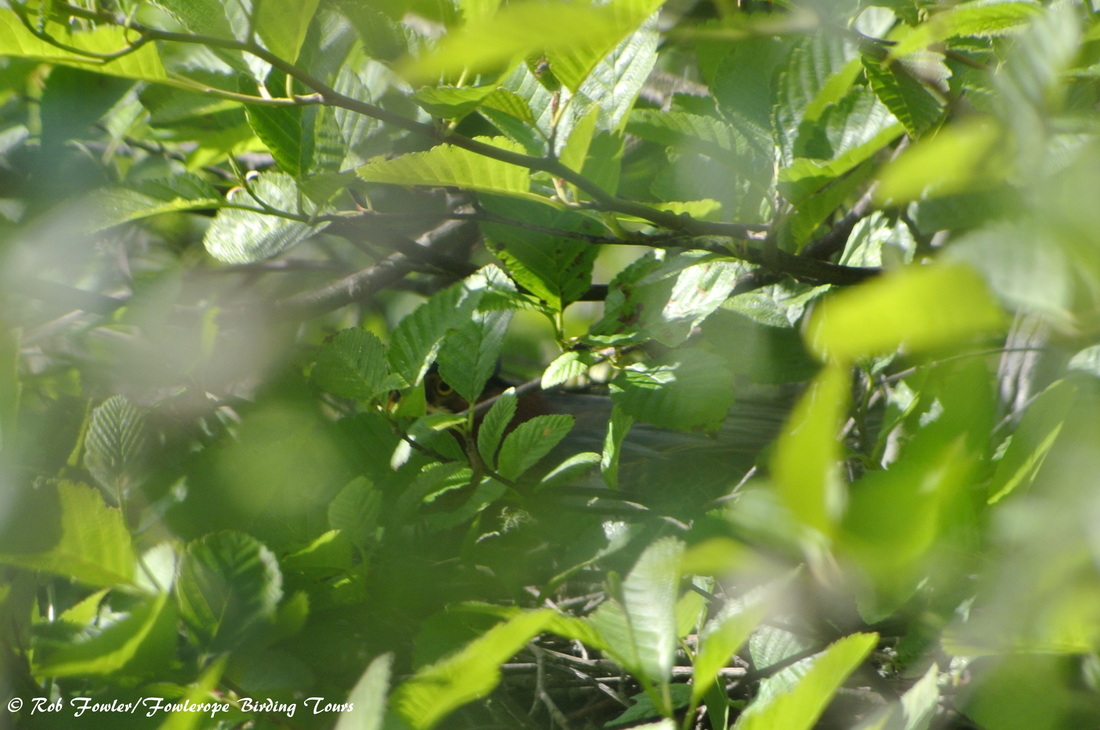
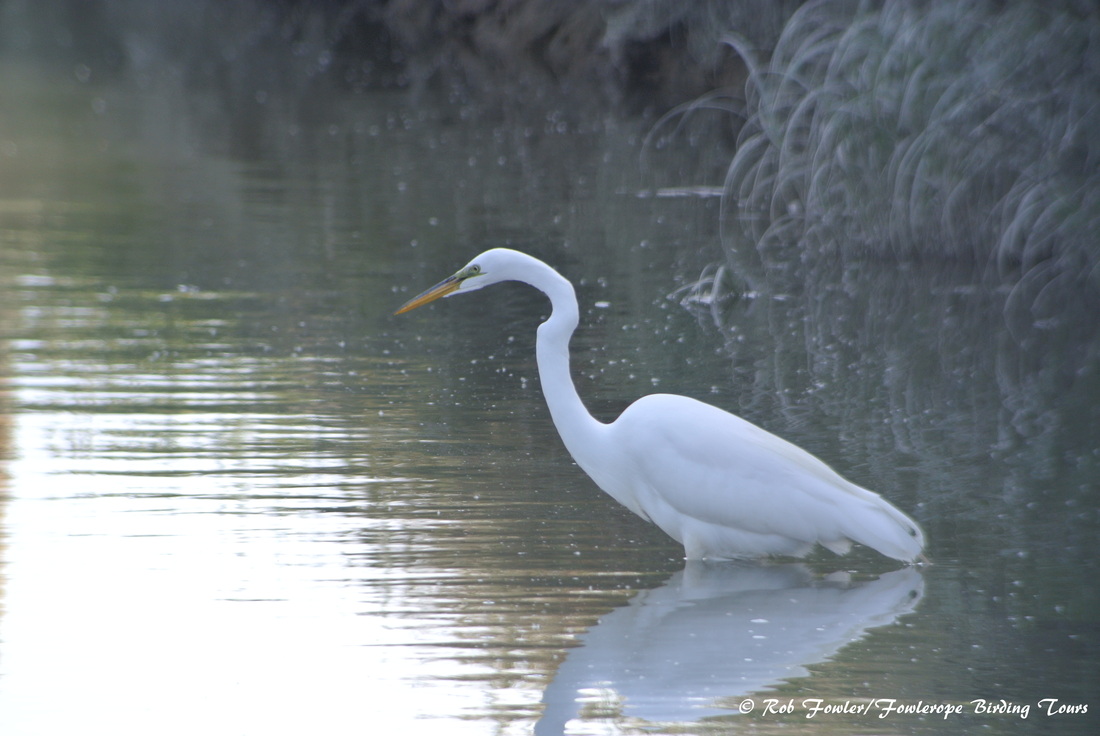
 RSS Feed
RSS Feed

